Nature
-
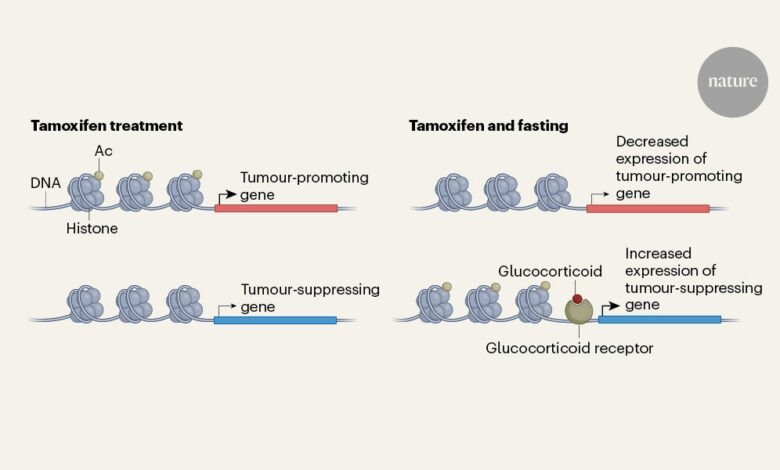
How fasting boosts breast cancer therapy
Brufsky, A. M. & Dickler, M. N. Oncologist 23, 528–539 (2018). Article PubMed Google Scholar Schagerholm Stanev, C. et al. BMC Cancer 25, 1556 (2025). Article PubMed Google Scholar Anemoulis, M., Vlastos, A., Kachtsidis, V. & Karras, S. N. Nutrients 15, 532 (2023). Article PubMed Google Scholar Padrão, N. et al. Nature https://doi.org/10.1038/s41586-025-09869-0 (2025). Article Google Scholar Keith, B. D.…
Read More » -
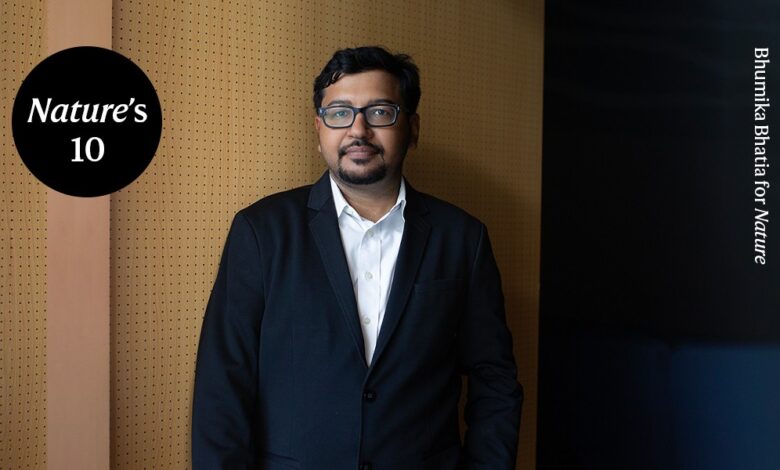
This science sleuth revealed a retraction crisis at Indian universities
Achal Agrawal had just finished giving a lecture when an enthusiastic undergraduate student approached him with an idea for a research project. Agrawal was delighted, until the student described how he had previously used software to paraphrase published work. Agrawal explained that doing so was considered plagiarism — a serious violation of research integrity — but the student insisted that…
Read More » -
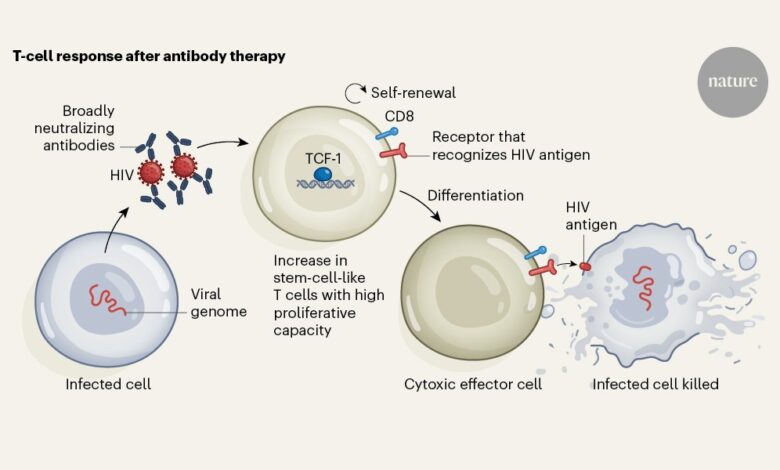
Antibodies and T cells join forces for sustained HIV remission
Nature, Published online: 01 December 2025; doi:10.1038/d41586-025-03805-y Two studies suggest that T cells with stem-cell-like properties could work with antibody therapies to control HIV after a person stops taking antiviral pills. Source link
Read More » -

how to account for the ecological costs of our actions
On Natural Capital: The Value of the World Around Us Partha Dasgupta Witness (2025) An economist might celebrate a nation achieving record economic growth on one day, yet overlook a coral reef lying bleached and lifeless on another. This contradiction must be challenged, writes economist Partha Dasgupta in his elegant account of why the global economic system is exploiting, rather…
Read More » -
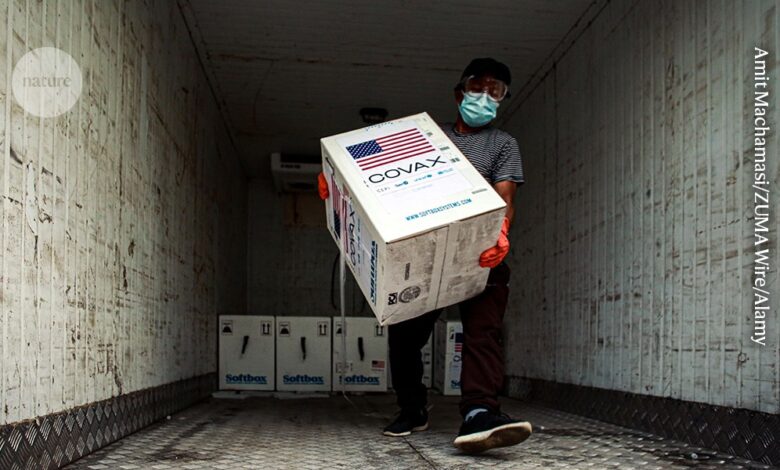
How COVAX raced to protect the world from COVID-19
Fair Doses: An Insider’s Story of the Pandemic and the Global Fight for Vaccine Equity Seth Berkley Univ. California Press (2025) Most people don’t like getting vaccines, much less seeing their children have needles poked into their thighs and arms. But context can change that. Besieged by terrifying outbreaks of paralytic polio and the spectre of iron-lung respirators, many parents…
Read More » -
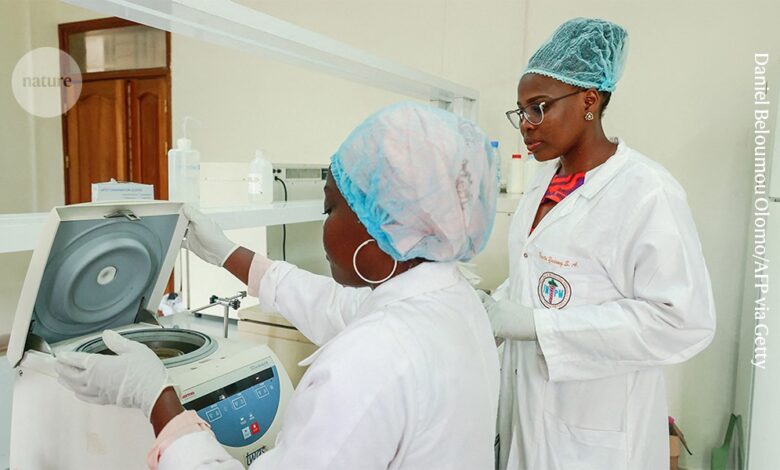
Africa finally has its own drug-regulation agency — and it could transform the continent’s health
After more than a decade of planning, the launch of the African Medicines Agency (AMA) is being celebrated in Mombasa, Kenya, this week at the Seventh Biennial Scientific Conference on Medical Products Regulation in Africa. The agency’s establishment marks a pivotal moment in Africa’s public health, at a time when the need for biomedical research conducted in Africa, focused on…
Read More » -
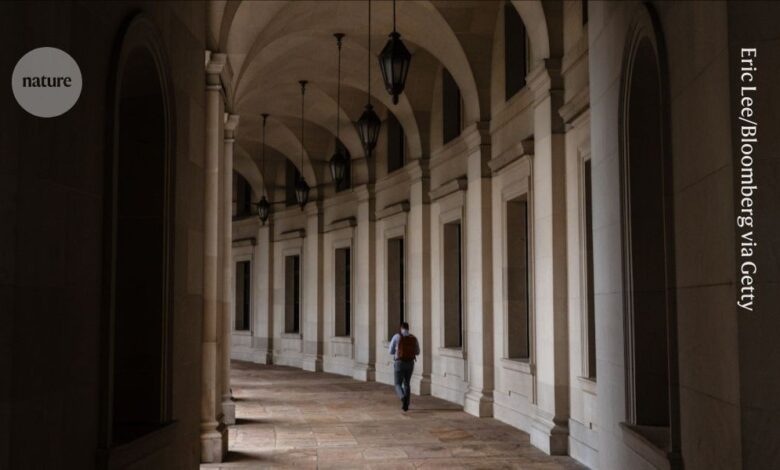
Dismantling of US federal agencies will ‘destroy science’
At the US Environmental Protection Agency, scientists say proposed cuts will gut research. Credit: Eric Lee/Bloomberg via Getty For 30 years, the US Environmental Protection Agency (EPA) has conducted controlled air-pollution studies at a state-of-the-art facility at the University of North Carolina at Chapel Hill. The facility is equipped to test numerous airborne pollutants, including ozone, diesel, wildfire smoke and…
Read More » -
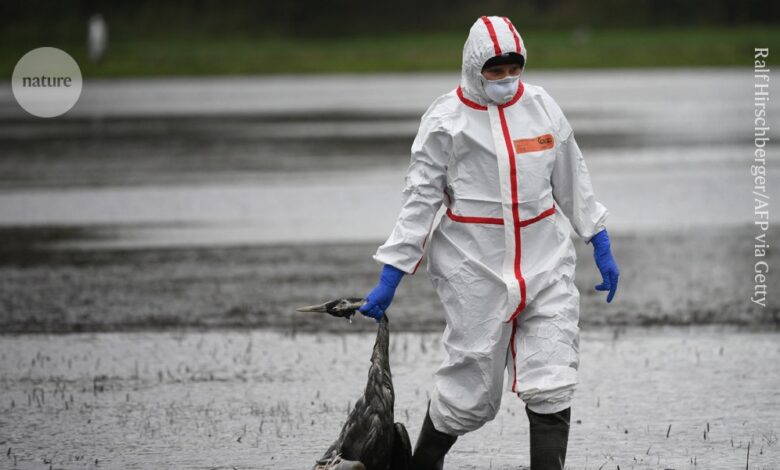
This ‘minor’ bird flu strain has potential to spark human pandemic
Attention has been focused on avian influenza virus H5N1 in the past few years, but scientists are concerned about the spread of other bird viruses.Credit: Ralf Hirschberger/AFP via Getty A bird flu virus that has often been ignored because it mostly causes minor disease in birds has the potential to cause a human pandemic, says a team that has tracked…
Read More » -
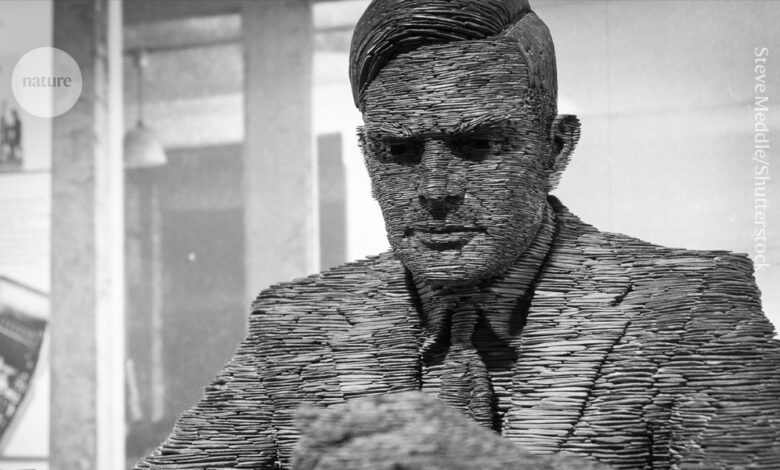
do we even need a replacement?
The statue of Alan Turing at Bletchley Park, UK.Credit: Steve Meddle/Shutterstock Today’s best artificial intelligence (AI) models sail through the Turing test, a famous thought experiment that asks whether a computer can pass as a human by interacting via text. Some see an upgraded test as a necessary benchmark for progress towards artificial general intelligence (AGI) — an ambiguous term…
Read More » -
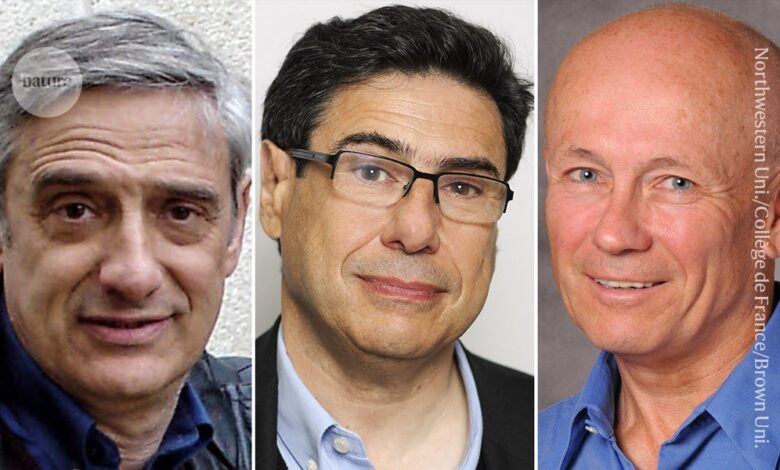
Economics Nobel prize won by researchers who showed how science boosts growth
The 2025 Sveriges Riksbank Prize for Economic Sciences in Memory of Alfred Nobel has been awarded to three researchers who have shown how technological and scientific innovation, coupled to market competition, drive economic growth. One half of the prize goes to economic-historian Joel Mokyr of Northwestern University in Evanston, Illinois, and the other half is split between the economic theorists…
Read More »
